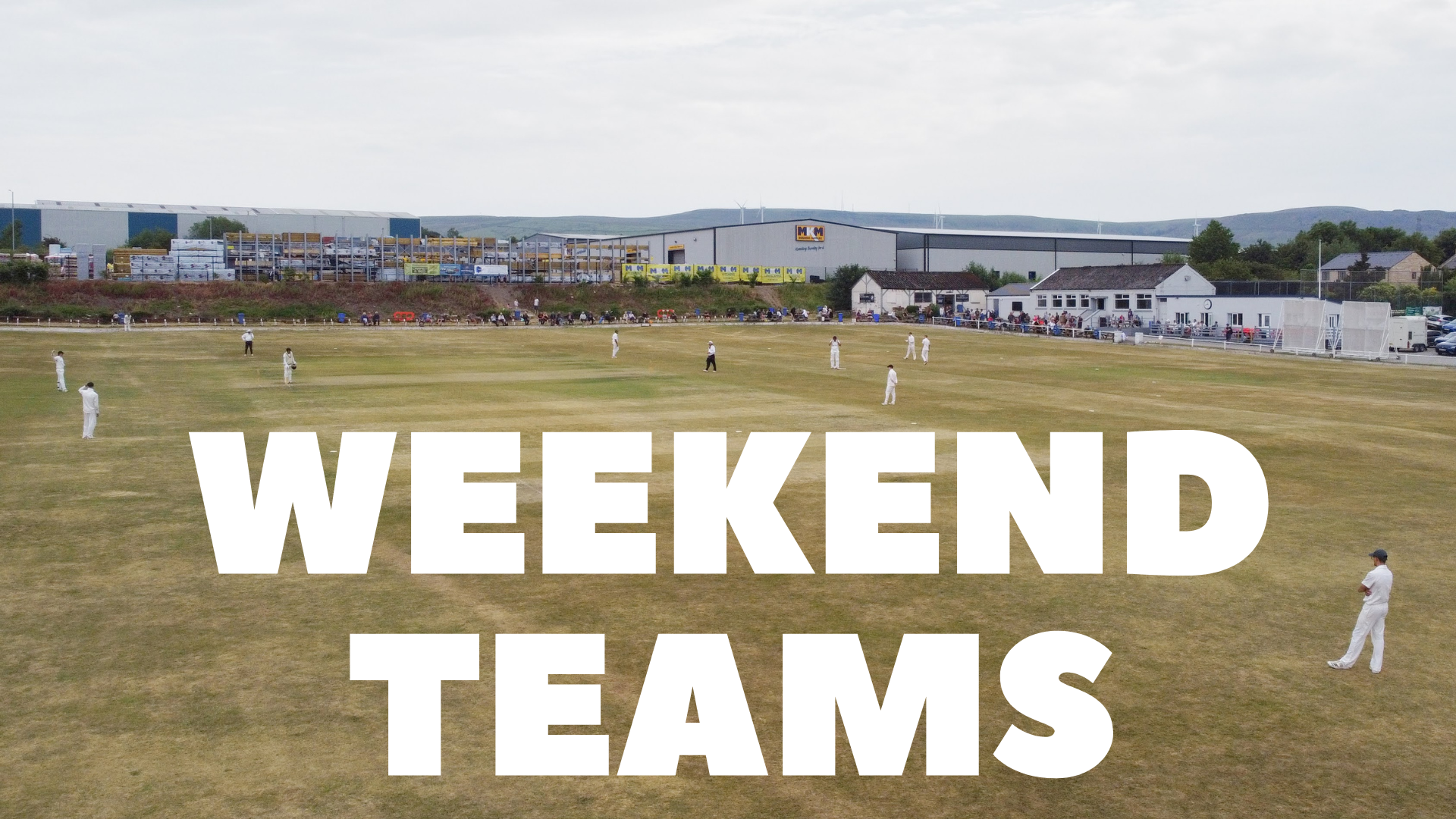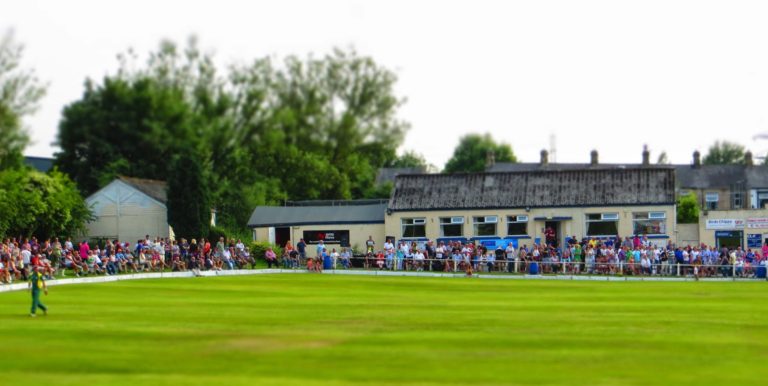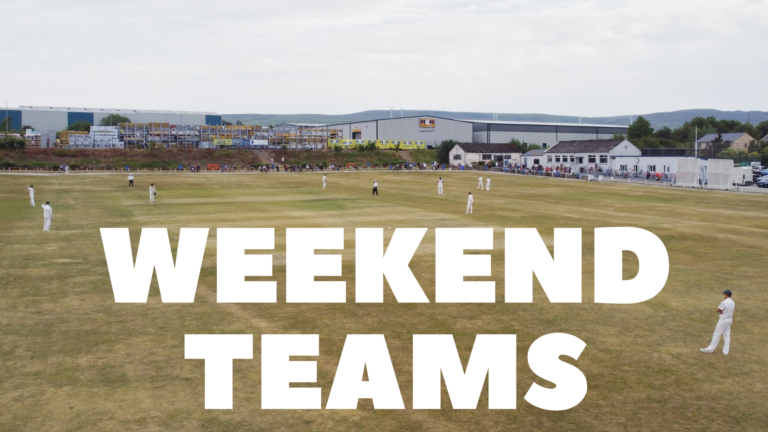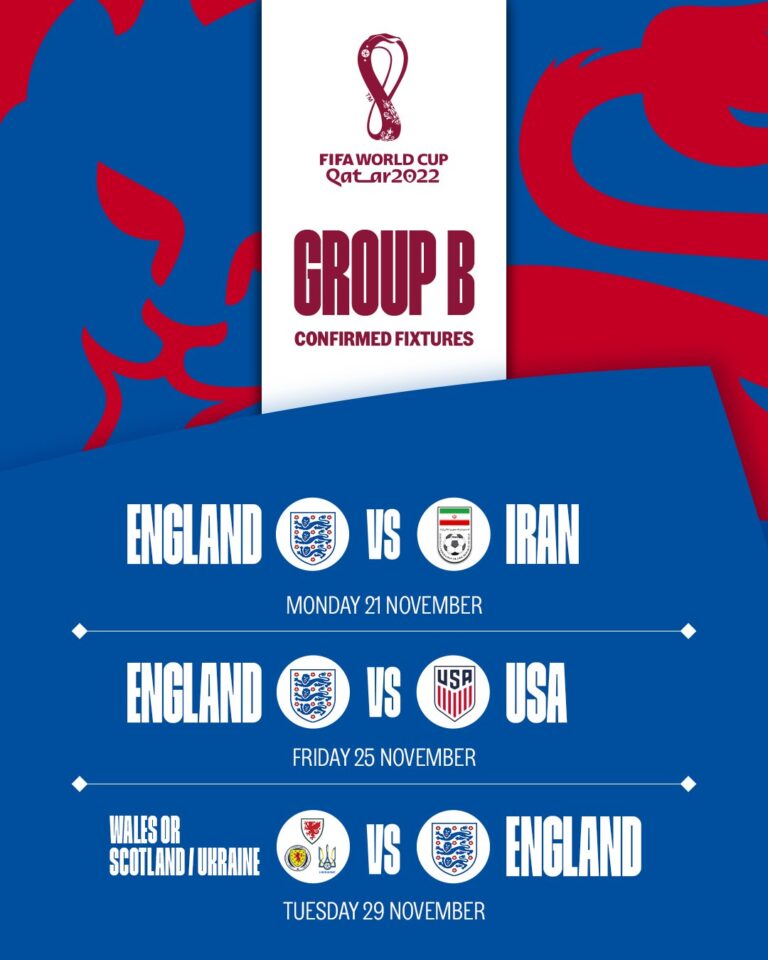Lowerhouser gets in touch – Ernie Whittaker writes
I was born in March 1947 so just after the War ended. All my early life was in the Rosegrove area and I don’t think I ever went out of Burnley until I was 11 or 12. People didn’t in those days. It is difficult to pinpoint when I first started following Lowerhouse, probably around 1957 or 1958. Certainly by 1959 I was a regular attender at the home games. I remember several players from that era; Jack Salkeld, our local newsagent, was a reasonable all-rounder, more of a bowler to be truthful and if you look back in the cricket archive you will see that he took a few 5 wicket hauls in his time. As for his batting, he contributed 20s and 30s from time to time. Albert Cheesebrough, the Burnley footballer also turned out from time to time but in truth his contributions were modest. I vaguely recall Ken Tranter and Wally Monk from the 1950s. Who will forget the late Collie Smith scoring over 300 against us in a cup game that went on for nearly a week. They had to play in the evenings to get the game finished. Burnley scored 523 and won easily of course but those of us us who were privileged to witness that innings didn’t really mind. We just wanted Collie to go on scoring scoring! That was in 1959 I think or it could have been 1960. By then I was a regular attender. My membership cost 5 shillings (25p)!
When you look at Lowerhouse’s recent successes supporters of today need to be reminded that in the 1960s times were dire. Lowerhouse was always at the bottom of the ladder, or near to it. If we drew it was as good as a win and on the rare days we won there was a feelgood factor right throughout the Rosegrove area and you would hear people in the streets relaying the good news. In that way we relished our wins when they came. How many of the current supporters remember our team of the early Sixties? We had a very useful opening batsman in Miraj Mahmood who I once saw outscore the mighty Basil Butcher, Lowerhouse’s professional at the time. His opening partner was a rather quiet man by the name of Peter Sutcliffe. Not a great accumulator of runs, Sutcliffe, but he could hold his end up from time to time and I once saw him score 80. Gordon Jones, the number 3 occasionally contributed a decent score and was the finest square-cutter of a ball that I ever saw in the League. Apart from Butcher and Minhas our professionals in the early 1960s were modest. In 1963 Lowerhouse recruited a fast bowler from the West Indies names Roberts. He had a fantastically long run and in truth he didn’t bag loads of wickets but after he shortened his run up he became more effective. In 1964 Lowerhouse had the mighty Roy Gilchrist. I saw him take all ten against Ramsbottom, I think it was, but success still eluded Lowerhouse.
I think the League in those days was more fun than it is now. Some of you will recall Johnny Wardle (how I would have loved him to play for Lowerhouse!) He was the great entertainer. People thought he used to clown around a bit to get laughs from the spectators and he did but he never lost sight that he was there to win for his team. I remember on one occasion at The West End as we used to call the ground before it became ‘Liverpool Road’ when Wardle was bowling to the tail-ender, the spinner Ken Smith. Now Smith was a good spin bowler and again, if you visit the cricket archive you will see that he bagged 5 victims from time to time. But he was a hopeless batsman. He hadn’t scored a run all season. Wardle, ever the ‘sportsman’ was aware of this and bowled the gentlest of deliveries to him to give him a run. Alas, Smith couldn’t get near to the ball much to the amusement of Wardle and the crowd. I’m not sure you get those moments these days.
Later in the 1960s Lowerhouse had two South Africans, Pedley and Sparks who played as amateurs. Pedley was good batsmen and Sparks later became the professional.
In 1968 I left Burnley to live in Birmingham and so my visits to The West End tailed off. By 1971 I was living in London and at the end of that year I moved to Australia where I had 26 happy years. When people ask me why I came back to Britain to live I say ‘why, the weather of course!’. I saw some wonderful cricket in Australia. I was a regular at The Sydney Cricket Ground, watching either NSW or the Australian team in action. I saw Clive Lloyd’s final innings at Sydney. I also saw Allan Border bag 9 victims against the West Indies I think it was. What a ground the SCG was in those days. Terrible facilities to be sure but all around the arena there were the great Edwardian green-topped grandstands and of course the famous ‘Hill’. I spent many happy hours on The Hill but it could get a bit boisterous when the beer started to take effect and beer cans started to fly. I once collected a full apple in the face. I can still feel that blow. With the advent of Packer – the greatest disaster to befall cricket in my view – and all the silly pyjama cricket under lights the behaviour got worse and eventually they had to concrete The Hill over. The SCG now is a modern stadium with a capacity of 48,000, bigger than any English ground but it is a soulless place. Yes you get the noise when the pyjama cricket is on but I would not go there now. The facilities are first rate but sadly, for this traditionalist at least, it is not what it was.
A note about Sydney’s equivalent of The Lancashire League. It is known as ‘grade cricket’. There are 20 teams in the competition and unlike here, most of the games are played over two weekends. Each team has two innings. You can get a win on the first innings which gains you 6 points. If you manage to bowl the opposition out twice you are deemed to have won ‘outright’ and gain 4 extra bonus points. The advantage of the way they do it in Sydney is that there is none of this frantic chasing of scores. It is not limited overs cricket. You can sit under a tree with a can of beer in your hand and watch a good innings being crafted. In truth I do prefer this type of cricket to limited overs cricket. When you look at how Australia has dominated cricket for lengthy periods it comes as no surprise to me. Their youngsters are grounded in what is basically a full game and they can build their innings patiently. That’s not to say there isn’t some hurricane batting at times and exciting bowling. While I am on the subject of Australian cricket another reason why over the years they have dominated England is because of their attitude, their mindset. Every Australian team goes out to win – to have a positive attitude. Now occasionally things go wrong and they may have to think about having to save the game. England on the other hand are negative. Always have been except under the captaincies of Hutton, Illingworth and Brearley. They go out with the intention of trying to make the game safe so that they cannot lose. Once that is achieved they may then go for the win. That’s why I never bother with the England team anymore. Some of you reading this will no doubt disagree and yes there are times when England are on top of Australia but if you study the history you will find that it is rare. Australia goes out with the assumption that England is already beaten before it takes the field. My team in Sydney is St George and they have won the competition more than any other club. With the quality on display it is sad to see the suburban ovals in Sydney empty. There is nor charge for entry. There would be no point. When I first arrived in Australia I was horrified to see that at The Sydney Cricket Ground they played rugby league on the ground in the off-season (they don’t really have a ‘Winter’ in Sydney), not to the side of the square mark you but right across it! At the end of September if there had been a lot of rain the whole ground was one vast mudheap, similar to what you saw on English football grounds 40 years ago. The only grass you might see was close to the boundary. I thought to myself ‘they’ll never play cricket on here again’. I couldn’t believe that the square was totally churned up with wet mud. Six weeks later the cricket season began and the ground was like a billiard table. The square was restored and the outfield was a brilliant green. Don’t ask me how the curator did it. Of course ground care has come on a ton since then.
As many of you will have picked up by now I am a ‘traditionalist’ which is not the thing to be these days. You are unlikely to see me at the 20 over games which in my view are a dumbing down of cricket. However, they appeal to many spectators and they do bring in much needed revenue. I did go to the game against Church last season and it was gratifying to see 2,000 people on the ground. There’s many a football club in the lower leagues who would be well pleased with that!
I now live in London but try to get to Burnley once a month so that I can see a game. My team in London, Winchmore Hill, plays in the Middlesex League which is split into three divisions. After being Champions 2 season ago they have suffered successive relegations and are now in the Third Division but I expect them to bounce back this season. Unlike the Lancashire League professional players are forbidden but you do get Middlesex players turning out if they are not selected for the county. Their games are of 60 overs each. I’ve never quite worked out how the points system works except that you get 10 points for a win but unlike the Lancashire League you can have draws, either a winning draw (4 points) or a losing draw (1 point). I have a friend there who is the club scorer and she has patiently tried to explain the system (many times!) to me based on run rates and so forth but I can’t get the hang of it. I daren’t ask her anymore in case she gets frustrated with me! As far as I understand it the team batting first can bat for 66 overs and in that time they can declare if they feel that they need the extra overs to bowl out the opposition.
Anyway, enough is enough. I hope that those of you reading this have been fortunate enough to have the adventures that I have had and the enjoyment that cricket has given me.
Finally, I think credit is due to all the stalwarts who have turned the club around in recent years. I never thought I’d live to see the Championship trophy lifted. To those of us who remember the lean days it meant that we could die happy! I am sad that the likes of Jack Hayes and Ken Smalley, the stalwarts of their day did not live to see this.
Let’s hope for a succesful season for our beloved club.
Any comments on Ernie’s letter gratefully received – any memories of Ernie or the old times – please send to the editor. Anyone wishing to get in touch with Ernie -erniewhittaker784@hotmail.com





